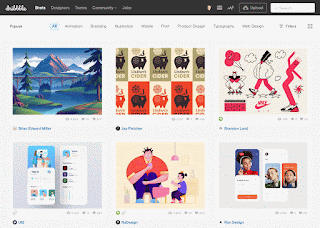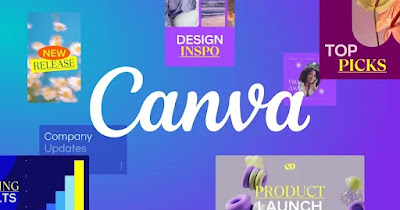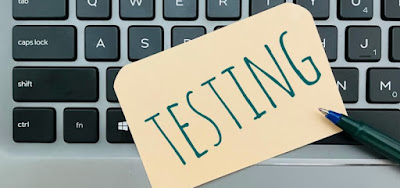A logo is not just a symbol; it's a visual representation of a brand's identity, values, and personality. Crafting an effective logo requires creativity, strategy, and a deep understanding of design principles. In this comprehensive guide, we'll take you on a journey through the world of logo design, from concept to creation. We'll explore the importance of logos, the creative process, key design principles, and the tools that can help you bring your logo ideas to life. Whether you're a seasoned designer or a novice, this guide will equip you with the knowledge and skills to craft logos that leave a lasting impression.
Chapter 1: The Significance of Logos
Logos are the face of a brand, serving as a visual shorthand for everything a brand represents. Understanding their significance is crucial:
Brand Recognition: Logos help consumers instantly recognize and remember a brand.
First Impressions: A well-designed logo can create a positive first impression and build trust.
Brand Identity: Logos convey a brand's personality, values, and mission.
Differentiation: They set a brand apart from its competitors.
Chapter 2: The Creative Process
Effective logo design is not a random process; it follows a structured path:
Client Brief: Understand the client's goals, target audience, and brand identity.
Research: Investigate industry trends, competitors, and relevant visual styles.
Conceptualization: Generate a range of initial ideas and concepts.
Sketching: Bring your concepts to life on paper, exploring different design directions.
Digitalization: Transition your sketches into digital format using design software.
Chapter 3: Design Principles
To create a memorable and effective logo, you must adhere to essential design principles:
Simplicity: Keep the design clean and uncomplicated for instant recognition.
Versatility: Ensure the logo works across various media and sizes.
Relevance: The design should align with the brand's industry and values.
Memorability: Aim for a design that's easy to remember.
Scalability: The logo should look good whether it's small on a business card or large on a billboard.
Chapter 4: Types of Logos
There are different types of logos, each with its own characteristics and use cases:
Wordmarks: Logos that consist of text only, like Coca-Cola or Google.
Lettermarks: Combinations of a brand's initials, such as IBM or HBO.
Symbol or Iconic: Logos composed of unique symbols or icons, like Apple or Nike.
Combination Marks: A combination of wordmarks and symbols, like McDonald's or Adidas.
Emblems: Logos with text encased in a symbol or badge, like Starbucks or Harley-Davidson.
Chapter 5: The Role of Color and Typography
Color and typography play a crucial role in logo design:
Color Psychology: Different colors evoke different emotions and associations.
Font Selection: The choice of typography should align with the brand's personality.
Customization: Tailoring fonts and colors to create a unique and memorable identity.
Chapter 6: Iconic Logo Case Studies
Explore the stories behind iconic logos and what makes them memorable:
Nike: The Swoosh symbolizes movement and speed, reflecting the brand's mission.
Apple: The apple with a bite taken out of it symbolizes knowledge and a fresh approach to technology.
McDonald's: The golden arches are instantly recognizable and evoke feelings of warmth and familiarity.
Google: The playful use of colors and letters reflects the brand's innovative and creative spirit.
Chapter 7: Logo Design Tools
Discover the software and tools that can help you bring your logo ideas to life:
Adobe Illustrator: The industry-standard vector graphics software for logo design.
Canva: A user-friendly online design tool with logo templates.
Inkscape: A free, open-source vector graphics editor.41
LogoMaker: AI-powered logo design software for quick and simple logo creation.
Chapter 8: Bringing Your Logo to Life
Once your logo design is finalized, it's time to consider its application:
Brand Guidelines: Create guidelines that specify logo usage, color codes, and typography for consistency.
Mockups: Generate mockups to visualize how the logo will appear in real-world contexts.
Testing: Gather feedback and conduct usability tests to ensure your logo resonates with the target audience.
Conclusion
Logo design is a blend of art and strategy, where creativity meets brand identity. Crafting a memorable logo involves understanding the significance of logos, following a structured creative process, and adhering to design principles. By exploring various logo types, the role of color and typography, and iconic logo case studies, you gain insight into what makes a logo truly remarkable.
Whether you're a professional designer or someone looking to
create a logo for their personal brand, this guide equips you with the
knowledge and tools to embark on a journey from logo concept to creation.
Remember, a well-designed logo has the power to leave a lasting impression and
tell a brand's story for generations to come. So, let your creativity soar and
start crafting logos that make a statement!
















